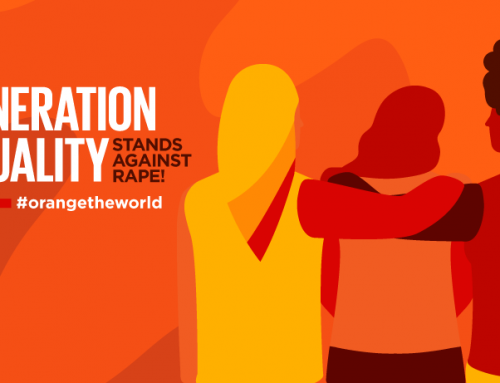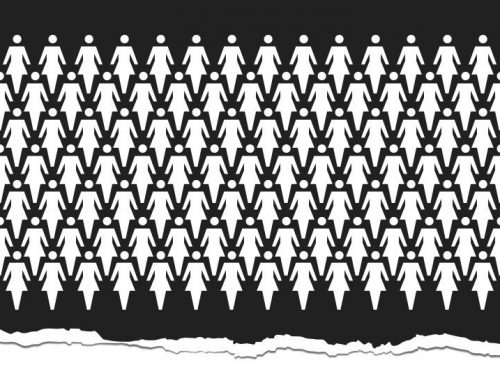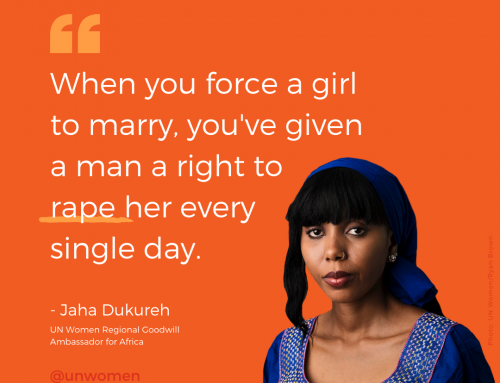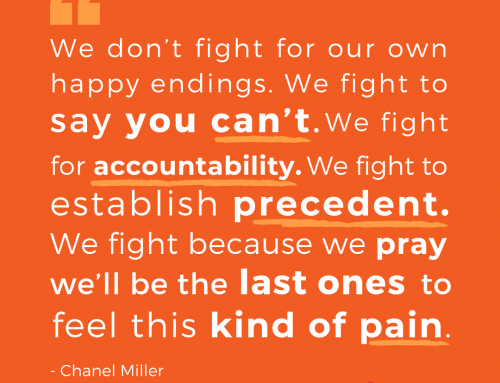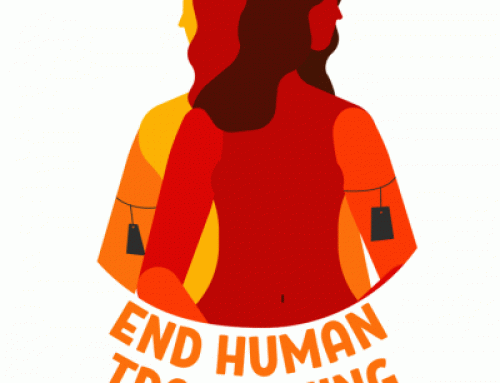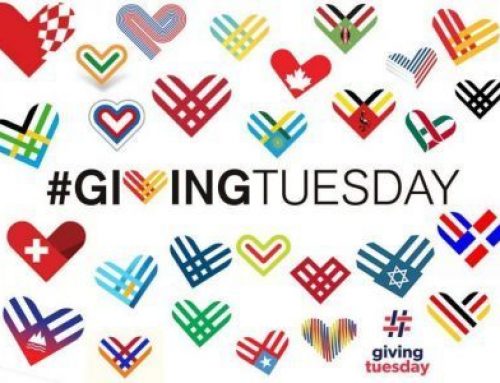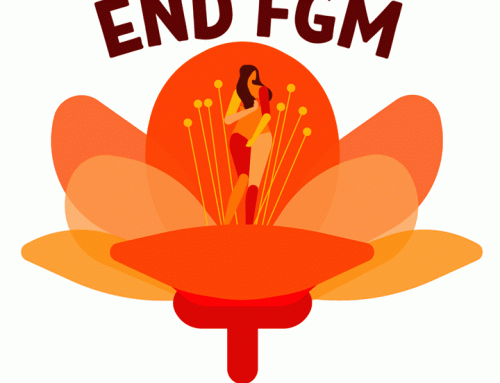Female Foeticide and Infanticide
By Ruth Akinradewo
Femicide is defined as: ‘the intentional killing of females because of their gender’. Numerous examples we have already explored comprise diverse types of femicide. Not withstanding this, female foeticide and infanticide represent perhaps the starkest form of femicide.
‘Female foeticide’ relates to the killing of a foetus simply because she is a girl, and ‘female infanticide’ classifies the act of killing a female on the basis of her sex once she is born.
Sadly, both practices are rife.
In a world where many women champion “reproductive rights”, the following paradox is growing: the practice that was supposed to better the lives of women and girls has actually resulted in her colossal gendercide before she is even given the right to live.
The crime of killing females when they are in the womb or moments after they are born is particularly rife in India and China. In India, males outnumber females by 37 million.
While in China, the practices of female foeticide and infanticide can be directly correlated with the country’s notorious, government-led ‘one-child policy’, in India these practices have a much more deeply entrenched cultural origin.
In both countries, this horrific act of violence against girls takes place because they are seen as less valuable and useful than their male counterparts. In a patriarchal society where men’s physical strength is prized, and girls are often relegated to the home and considered unlikely to add any economic advantage to their families, parents increasingly see it fit to abort girls before they are allowed to dream.
So much of a liability is the girl that when she is married, according to Indian tradition, the bride’s family is expected to pay a huge sum as a dowry to the groom’s household. [This is diametrically opposed to many African cultures, where the dowry is paid by the groom’s family as a way of thanking the bride’s family for the gift of an esteemed wife and is merely a cultural tradition.] Many see this move as a cultural rationale for “getting rid of” the woman and essentially, paying the husband’s family for being willing enough to take her.
Although dowry-paying was branded illegal by the Indian government in 1961, the tradition still continues. Deborah Meroff writes in SOS: Save Our Sisters of how, on average, the families of females are required to gift the husband’s family with up to five times their combined annual salary! In cases where the bride’s family cannot meet the demands of the groom’s, the killing of the new wife is alarmingly commonplace. Meroff quotes that approximately 25,000 brides are deliberately set alight every year in India, Pakistan, Bangladesh and Nepal in dowry-related deaths.
It is in this context that Indian families will frantically seek to ascertain the sex of their baby before it is born. Graphic advertisements crudely show the mangled remains of female foetuses with the caption: ‘spend 3,000 rupees now and save 300,000 later.’ Richer households who can afford ultrasounds flock to these clinics. This is all in spite of the fact that an act was passed in 1994 to explicitly ban the killing of female embryos solely because of their gender. Convictions are estimated to be in the hundreds, though the practice is believed to have killed millions of girls.
Corrupt medical practitioners are often complicit. They benefit from families coming to their establishments and paying exorbitant amounts of money to ensure that their child is male. Although legislation is in place to ban unregistered practices and therefore punish charlatan doctors, a wide number exist all over the country of India.
Female foeticide is not just limited to Asia. In the UK, it is considered the culprit of the “disappearance” of between 1,400 and 4,700 females from the census records of England and Wales.
Female infanticide, whereby female babies are abandoned after birth, is found to a greater extent in communities that cannot afford scanners to determine the sex of the baby before its birth. In October 2019, a case was brought to the light of a girl that had been buried some 3 feet deep into the ground. Miraculously, she survived. These incidents are not rare.
A number of Christian orphanages in India deal with precisely these crimes: babies are abandoned in purpose-built alcoves, where the weight of the baby triggers an alarm for hospital staff to come out and retrieve the relinquished child.
The prominent Delhi-based activist, Dr George Sabu, does not pause to call the killing of female babies “genocide”. In some areas of Delhi, the ratio at birth between females and males is just 827 girls to 1,000 boys. The scale of the problem is treacherously large.
In a world where girls are denied the chance even to breathe, we cannot expect to overcome the pandemic that is violence against women and girls.



















